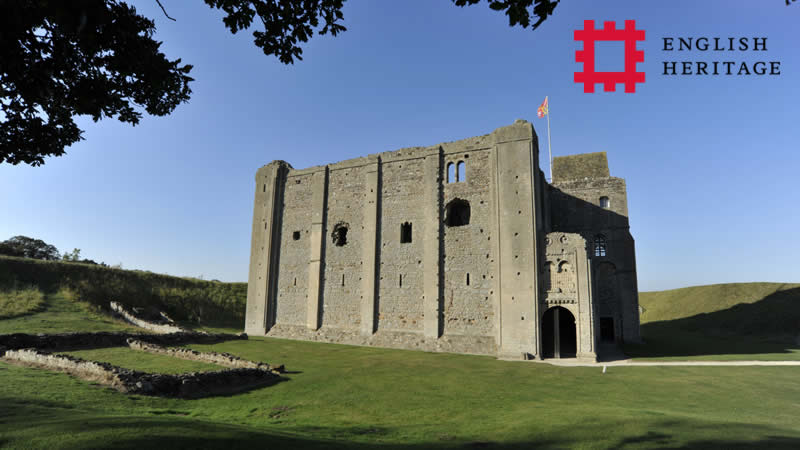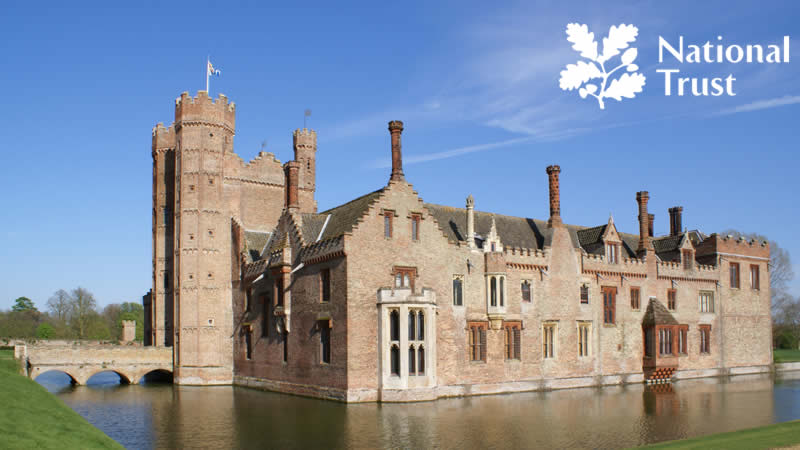Kett's Rebellion
Published date: April 2020
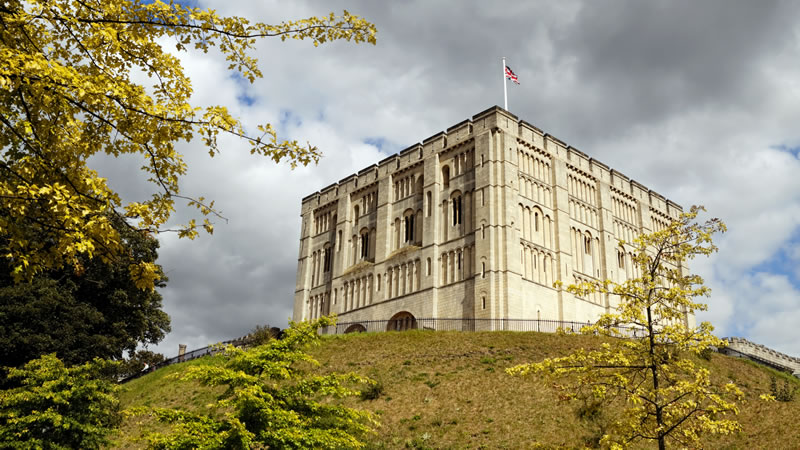
In the summer of 1549, Kett’s Rebellion started in Wymondham after a small group of peasants got together to protest against rich landowners who stole common land that they depended on to farm and graze their animals. Kett was one of these landowners who had put up fences around common land, but when he was approached by the peasants and heard their plight, instead of reacting with violence he helped them tear down the fences he had erected.
Led by Robert Kett, they marched 10 miles into Norwich, the numbers swelling along the way, gathering on Mousehold Heath in their thousands. St Michael’s Chapel is where it is thought Kett made his headquarters during his rebellion, the ruins of which have since been known as Kett’s Castle.
It is thought some 15,000 rebels camped on Mousehold Heath, just outside the walls of Norwich, having been refused entry to the city. Kett tried to negotiate with the city’s leaders, drawing up a list of demands that included no one should be able to exploit common land. These demands were sent to Edward VI and his government and Edward Seymour, Duke of Somerset, responded by requesting the rebels abandon their protests and return to their homes peacefully. Offering them a free pardon if they did, he threatened them with force should they refuse and entry to the city was denied.
Kett attempted to enter the city via Bishop Bridge, damaging nearby Cow Tower, one of the earliest purpose-built artillery blockhouses in England (1398–9) and a strategic point in Norwich’s city defences. On their second attempt they managed to gain entry to the city and much violence ensued and several officials were killed. England’s second largest city was now in the hands of a rebel army.
A new local government was formed by Kett and the rebels with court cases brought by commoners, many of which were held in the open air, under a ’tree of reformation’. The rebel court would hear of cases where local gentry were accused of wrong doings against the working classes, ending in their imprisonment. News of Kett’s rebellion soon spread throughout East Anglia, and similar revolts began across the region. Under the leadership of the Marquis of Northampton, the government sent an army to deal with Kett and the rebels, but this army was successfully defeated and Kett held onto Norwich and a large area of the countryside that surrounded the city. A new and much larger army was sent under the Earl of Warwick and a bloody fight saw the rebels defeated, forcing them out of the city and back to Mousehold Heath. Lacking manpower, Warwick could not take on the rebels in an open battle and found himself trapped inside the city’s walls. Each night the rebels would sneak back into the city in a game of cat and mouse, take supplies and food under the noses of the government’s soldiers.
It wasn’t long before reinforcements arrived, and Warwick had the manpower to defend the city from the rebels. Deprived of food and supplies, the tide turned on Kett, unable to continue their fight without the food and supplies from the city. On the 27th August 1549 Kett decided to have one last battle but was defeated by an army under the leadership of the Earl of Warwick. The Battle of Dussindale saw thousands of rebels killed and many more were taken captive, including Kett himself.
Robert Kett and his brother William were taken to the Tower of London and tried for treason, for which they were both found guilty. Kett was transported back to Norwich and hanged from the walls of Norwich Castle on 7th December 1549. On the same day Kett’s brother William was hanged from the west tower of Wymondham Abbey.
Over the years official accounts tried to paint Kett as a peasant, a member of the working classes, but this was inaccurate. Kett was a member of the minor gentry, of high principle, who believed that justice should apply equally to all, regardless of wealth or social standing. It wasn’t until the 19th century that more sympathetic portrayals of Kett’s Rebellion appeared in print and opinion started to shift; Kett went from being considered a traitor to be seen as a folk hero and defender of the rights of common people.
In 1949 on the 400th anniversary of the rebellion, a plaque was placed on the wall of Norwich Castle, near the main entrance which reads:
In 1549 AD Robert Kett, yeoman farmer of Wymondham, was executed by hanging in this castle after the defeat of the Norfolk rebellion of which he was the leader. In 1949 AD, four hundred years later, this memorial was placed here by the citizens of Norwich in reparation and honour to a notable and courageous leader in the long struggle of the common people of England to escape from a servile life into the freedom of just conditions

Time and Tide Museum of Great Yarmouth Life

Recycling in Norfolk this Christmas

Some of the best things to do in Great Yarmouth

Restaurants to visit in King's Lynn

Norfolk Bread Pudding Recipe

Some of the Best Fish and Chip Shops in Norfolk

Arts and Crafts in Norfolk

Gin Produced in Norfolk - Support Local Businesses

Restaurants in Great Yarmouth

Norfolk Museums Pass

Some of the best Farm Shops in Norfolk
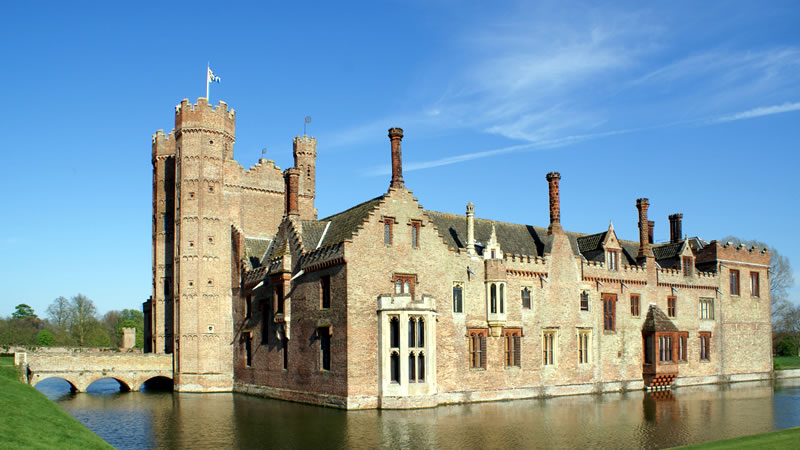
Stately Homes and National Trust Properties to Visit in Norfolk

Fun Activities for Grown Ups in Norfolk
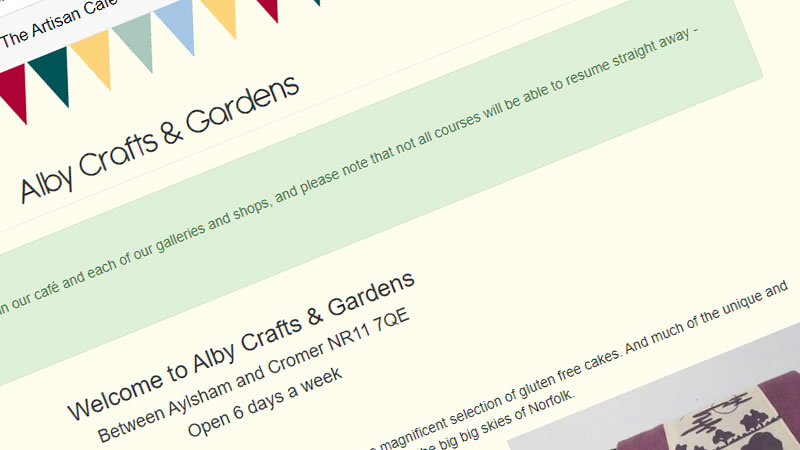
Alby Crafts and Gardens


